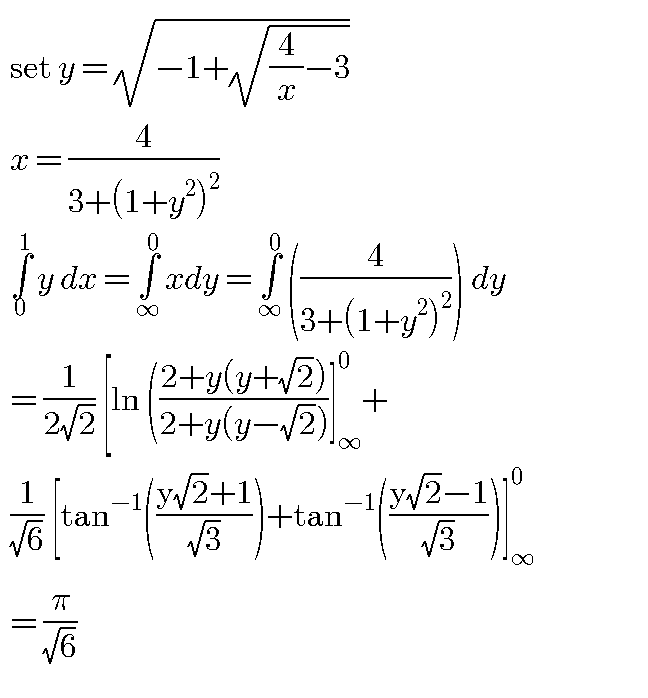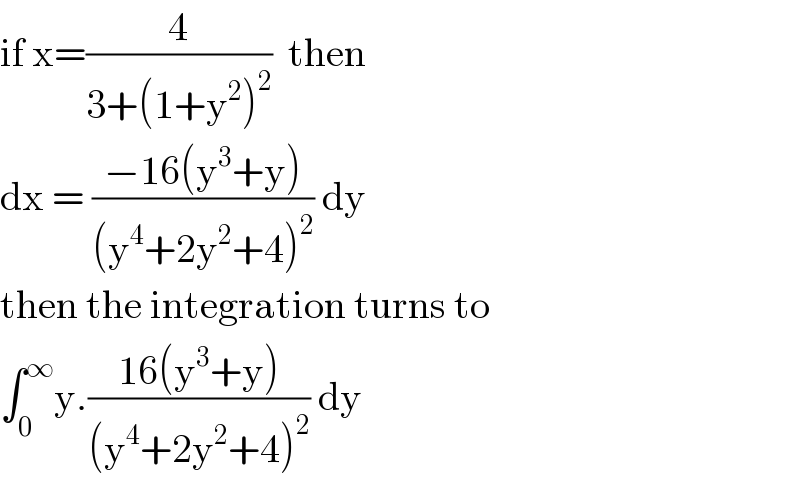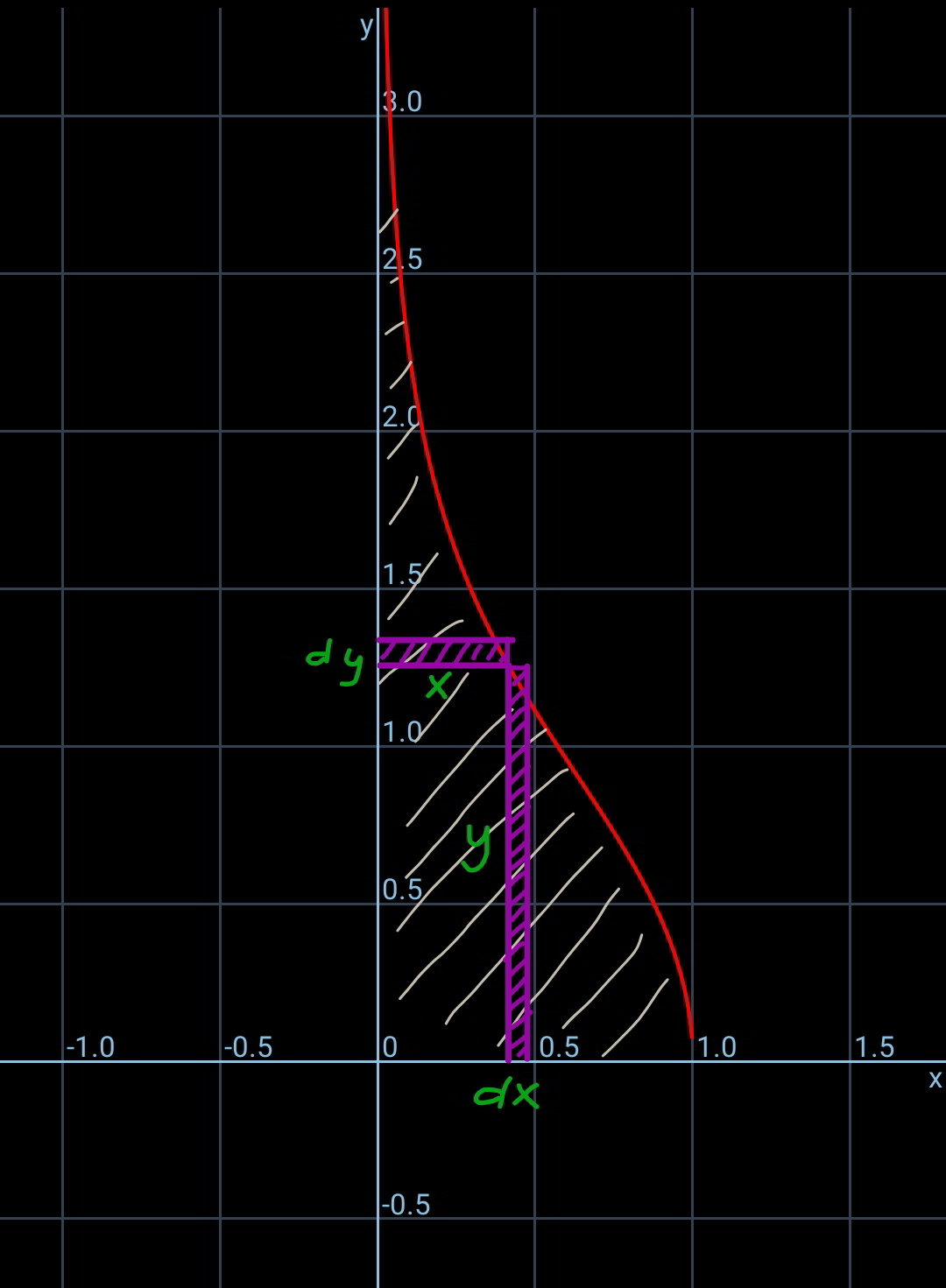
Question and Answers Forum
Question Number 97007 by bagjamath last updated on 06/Jun/20

Commented by bagjamath last updated on 06/Jun/20

Commented by PRITHWISH SEN 2 last updated on 06/Jun/20

Commented by PRITHWISH SEN 2 last updated on 06/Jun/20

Commented by bagjamath last updated on 06/Jun/20

Commented by bagjamath last updated on 06/Jun/20

Commented by PRITHWISH SEN 2 last updated on 06/Jun/20

Commented by mr W last updated on 06/Jun/20

Commented by mr W last updated on 06/Jun/20

Commented by mr W last updated on 06/Jun/20

Commented by mr W last updated on 06/Jun/20

Commented by PRITHWISH SEN 2 last updated on 06/Jun/20

Commented by bagjamath last updated on 06/Jun/20

Commented by bagjamath last updated on 06/Jun/20

Commented by PRITHWISH SEN 2 last updated on 06/Jun/20

Commented by abdomathmax last updated on 07/Jun/20

Commented by mathmax by abdo last updated on 07/Jun/20

